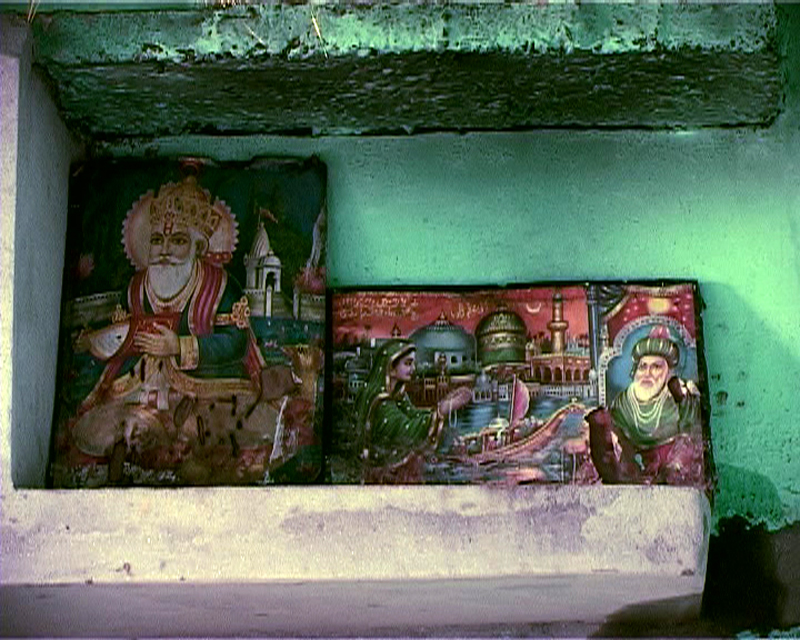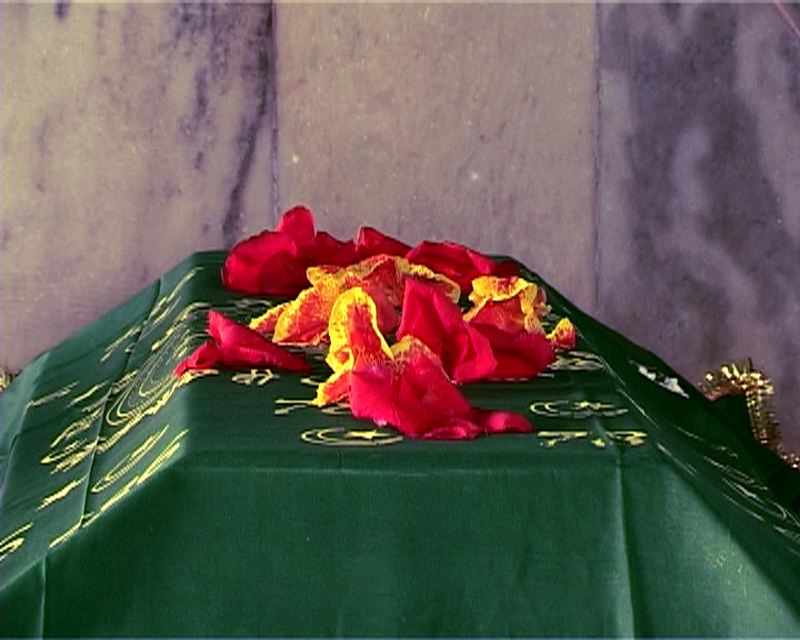Ajay Bhardwaj
Grant Period: Over one year
For a video film, Kitte Mil Ve Mahi, by a filmmaker and a writer, on marginalised aspects of Punjab’s cultural landscape. This grant, which follows an earlier grant for preparatory work, will go towards the making of a film that will document celebrations, individuals, memorials and encounters that together embody a syncretic understanding of the region.
Filmmaker Ajay Bhardwaj and writer and journalist Nirupama Dutt will jointly explore their memories of, and engagement with, underrepresented aspects of Punjab’s cultural landscape. The project — which will ultimately take the form of a video film — is anchored in the ‘little traditions’ of Punjab. The seed grant will enable them to map the subject area of the proposed film and develop a structure for it.
The project is the meeting point of different impulses. To begin with, it seeks to draw attention to particular celebrations, individuals, memorials and encounters that embody a syncretic understanding of Punjab, but exist without political or religious patronage. Glimpses of a once-radical Dalit poet, memories of a valiant freedom fighter, an ancient well which is named after a woman Sufi singer, the manner in which Mohammed Rafi is remembered in his ancestral village, or Sahir Ludhianvi through his friend, a poet and signboard painter — these are examples of the kind of community and private memories that will form the subject of the film. While not all these are ‘traditions’, strictly speaking, they each represent aspects of Punjabi society that the collaborators feel are an important contrast to the stereotypes and prejudices from which much of Punjab’s recent violent history has derived its character. The ‘little traditions’ that will form the subject of the film hark back to larger traditions like the Bhakti-sufi mysticism of the medieval period, bring alive larger movements like the anti-colonial struggle or speak of people’s ways of dealing with the trauma and guilt of Partition. The collaborators do not intend to document these memories in an impersonal fashion. What makes it a collaborative project, and one that is rooted in the backgrounds and practices of Nirupama and Ajay, is the fact that they are both Punjabis who have ‘lived through’ many of these memories.
The tension between the documentary mode and the exploration of personal memory is something the collaborators seem to want to retain. They clearly wish to eschew the personal memoir style of filmmaking but at the same time make a case for the film being, in a significant way, about them. Ajay writes, “I have so many memories of the Punjab, of partition, of terrorism, of breaking down of faith and trust, of the survival of common bonds from the past.” Similarly, Nirupama’s reflections as a journalist on these aspects of contemporary Punjab are seen to be not just instances of documenting memory but also expressions of personal conviction rooted in her own past. So, for the collaborators “separating private and public memory seems artificial. The boundary line between them is fluid. By weaving tiny and infinite private memories together, public memories are constituted.” Given that there are different manifestations of memory, working out the relationships between them constitutes the greatest challenge of the seed grant phase.
The seed grant will also help them map the route of Nirupama’s journeys and the context pertinent to her memories like locations she may have visited or conversations that may have led her to these ‘little traditions’. The collaborators will also visit locations in order to develop a rapport with the concerned subjects and prepare themselves for the final shoot.




